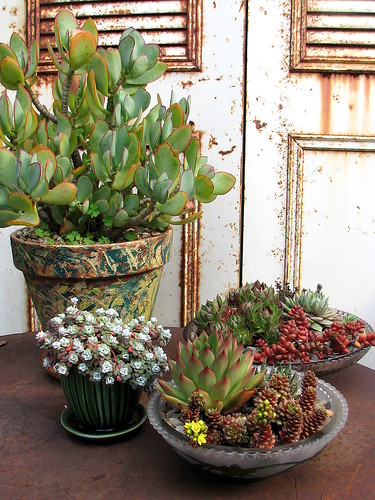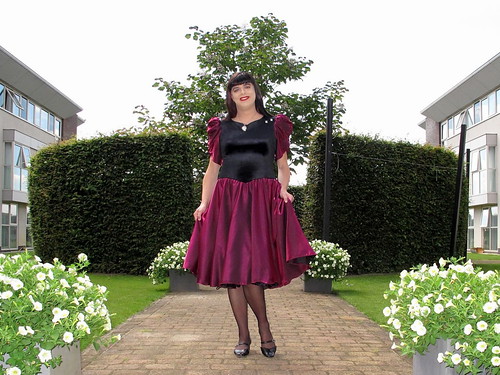Starting an organic garden is a smart step in creating a healthier diet. It requires effort to grow. This may make you wonder how you can begin to grow your personal organic garden.
Put sod down the right way. Your soil should be prepared before you lay the sod. Weed the soil well, and till the entire lawn area. Compact the soil gently but firmly to be certain that it is indeed flat. The soil should always receive adequate moisture. Sod should be staggered in rows, the joints offsetting from each other. You want the sod to end up as a flat and even surface. If there are any gaps in between the sod pieces, then you can fill these in with some soil. Water the sod each day for two weeks so it will become well-rooted and ready for foot traffic.
Keep your plants thriving through the winter by bringing them inside. You may want to save the most beautiful or expensive ones. Remember to be gentle when digging up your plants; carefully dig away from the roots and gently place the plant into a container.
If you are growing vegetables in your garden, it is important that you have them in a spot where they can get at least six hours of sun a day. This allows the vegetables to grow quickly and healthily. This arrangement will also benefit some types of flowers.
The sun can cause irreparable skin damage; therefore, it is essential to dress accordingly when horticulture. Wear a hat, sunglasses and sunscreen to protect your skin from the damaging effects of the sun. When you keep your eyes and skin properly protected, you are less likely to get a sunburn. You also lower your risk in developing cancer of the skin.
When gardening, remember to take care of your knees! It’s not a good idea to spend much time standing while you are bent over at the waist. If you have trouble with this, kneel instead of bending while gardening. Use a knee pad so that your knees don’t get sore.
If you’re really serious about environmentally-friendly gardening practices, refrain from developing some of your land and use it as an animal habitat. Doing this will allow creatures that help plants to produce and pollinate to continue their actions, which will have a positive effect on the garden you develop.
It can be easy to prepare the soil in a perennial garden. Using a garden spade, dig underneath the turf and flip it. Then, create a layer of wood chips at least three inches deep over the area you just flipped. You want to then give the area about a couple of weeks, then you want your new perennials planted by digging into it.
Have all of your tools available to you as you garden to increase efficiency. You can make use of a bucket, or wear pants that have plenty of pockets. Keep your gloves, pruning shears, a hand spade and your other tools handy to quickly and easily do your garden maintenance.
When working in the garden, try to work as efficiently as possible. It’s frustrating to search for a tool for a half hour. Have all of tools you will need for the day before you head out your garden. When you are finished, put them away neatly for the next time. You can use a tool belt for this purpose, or choose pants that contain several large pockets.
Pine can make surprisingly great mulch. A number of plants commonly grown in garden settings do best in an acidic soil. When you have plants like this, nothing is easier than to gather pine needles for your beds. Go ahead and cover the beds you have with needles a couple of inches and while they decompose, they actually disperse some acid into the soil.
Coffee Grounds
Coffee grounds are a great addition to soil. Coffee grounds are filled with nutritional elements plants need, such as nitrogen. Nitrogen, along with phosphorous and potassium, is an important nutrient in the garden. It contributes to healthy and strong growth of the plant, but don’t overuse it.
So, as you have seen, it is true that organic gardening requires research, work, and effort to start growing your own organic plants. Persistence is also a necessary ingredient for success. Keep the tips offered in mind and you can see more success.









